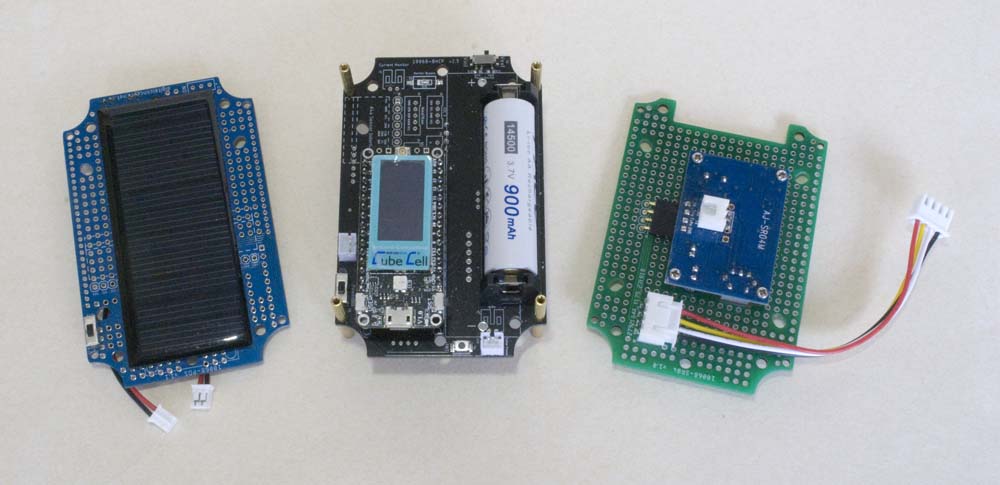Hi
I have a simple application with an AB02 powering an ultrasonic sensor and periodically sending a LoRa message to a receiver, then going to sleep. Runs on a 3.7V Li-Ion battery connected to the battery connector. The code also checks the battery voltage and when its at a low threshhold sends a final LoRa message and goes into an indefinite deep sleep. In deep sleep mode it is drawing about 45uA which seems higher than it should be. I’m turning off the radio, and VExt in the code so I can’t see why the consumption should be this high. I’m measuring the consumption with the device on battery only - no USB connected etc.
I’d be most grateful if anyone can suggest what I’m doing wrong. A segment of code is below to show where I’m sending the LoRa message and then going to sleep:
…
Radio.Send((uint8_t *)txPacket, BUFFER_SIZE); // Send mail flag + battery voltage + distance
delay(500); // Delay to allow time for radio send to complete
Radio.Sleep(); // Turn off radio
digitalWrite(Vext_PIN, HIGH); // Turn off Vext
if (status == 4) { //battery voltage less than 3401mV
Serial.println(“Going into Low Power mode indefinitely”);
delay(500); // allow time for println to complete
lowPowerHandler();
} else {
Serial.println(“Going to sleep for 10 seconds\n”);
delay(200); // allow time for printf to complete
lowPowerSleep(60000); // Low power sleep for 60 sec
}



